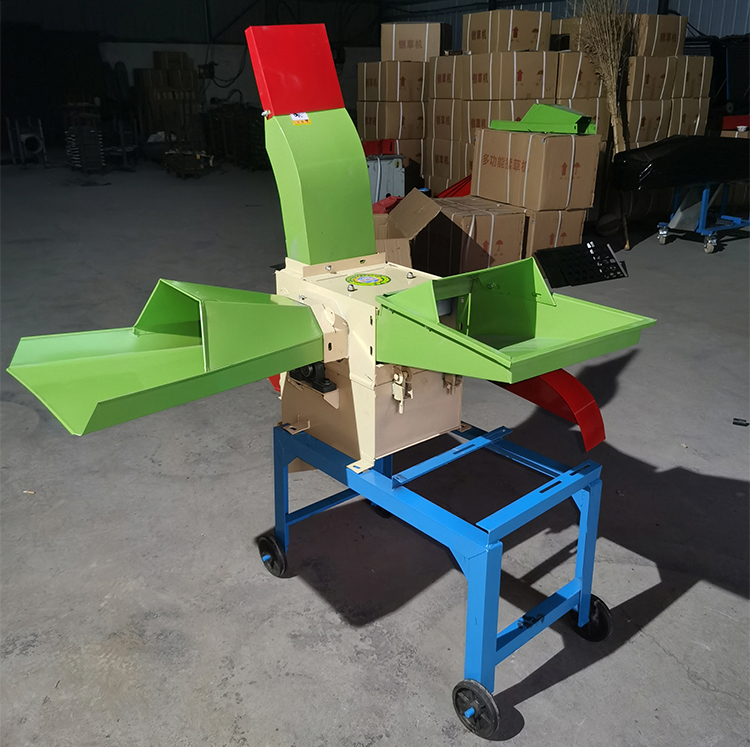Innovative Automatic Layer Chicken Cage System for Enhanced Poultry Farming Efficiency
Dec . 06, 2024 14:03 Back to list
Innovative Automatic Layer Chicken Cage System for Enhanced Poultry Farming Efficiency
The Rise of Automatic Layer Chicken Cages Revolutionizing Poultry Farming
In the landscape of modern agriculture, advancements in technology have profoundly transformed traditional farming practices. One of the most significant innovations in poultry farming is the introduction of automatic layer chicken cages. These systems are designed to enhance efficiency, optimize space, and improve the overall welfare of the hens, ultimately leading to increased productivity for poultry farmers.
Automatic layer chicken cages represent a sophisticated approach to egg production. Unlike traditional rearing methods, where hens are often kept in more extensive free-range systems or smaller, crowded spaces, automatic cages provide a controlled environment that ensures the health and safety of the birds. These cages are typically designed in tiers, allowing farmers to maximize vertical space, which is especially beneficial in areas where land is limited. This space-efficient design enables farmers to house more hens in a smaller footprint while maintaining a manageable and sanitary environment.
One of the key features of automatic layer chicken cages is their ability to automate feeding, watering, and egg collection processes. With integrated systems, farmers can monitor and manage the needs of their flock with minimal human intervention. This not only saves time but also reduces labor costs, allowing farmers to focus their efforts on other critical aspects of their operations. For instance, automated feeding systems ensure that hens receive the right amount of feed consistently. Similarly, automated watering systems provide fresh water at all times, promoting better health and productivity among the flock.
automatic layer chicken cage

In addition to operational efficiencies, automatic layer chicken cages also contribute significantly to the well-being of the hens. These systems are designed to help maintain optimal environmental conditions, including temperature, humidity, and ventilation. Proper climate control is essential for the health of the birds, as it reduces stress and the risk of disease. Furthermore, cages often come equipped with features that allow hens to exhibit natural behaviors, such as nesting and perching, which are crucial for their overall welfare.
The economic benefits of adopting automatic layer chicken cages are substantial. By increasing production efficiency, farmers can achieve higher egg yields per hen, translating to greater profitability. Moreover, the reduction in labor costs combined with a decrease in feed waste (thanks to precise feeding systems) further enhances the financial viability of these systems. Beyond profitability, the consistent quality and quantity of eggs produced can improve market competitiveness, making it an attractive option for producers.
Critics of intensive poultry farming often raise concerns regarding the welfare of hens in confined systems. However, many modern automatic layer cages are designed with animal welfare in mind, incorporating features that minimize stress and allow hens to express natural behaviors. The industry continues to adapt, with ongoing research and development aimed at improving the living conditions of hens while also maintaining production efficiency.
In conclusion, automatic layer chicken cages are reshaping the poultry industry by offering a sustainable, efficient, and humane approach to egg production. As technology progresses and consumer demand for high-quality eggs continues to rise, these innovations in poultry farming will likely play an increasingly vital role in meeting global food demands. By embracing automation, poultry farmers can not only ensure the well-being of their hens but also contribute to a more sustainable and productive agricultural future.
-
Hot Sale 24 & 18 Door Rabbit Cages - Premium Breeding Solutions
NewsJul.25,2025
-
Automatic Feeding Line System Pan Feeder Nipple Drinker - Anping County Yize Metal Products Co., Ltd.
NewsJul.21,2025
-
Automatic Feeding Line System Pan Feeder Nipple Drinker - Anping County Yize Metal Products Co., Ltd.
NewsJul.21,2025
-
Automatic Feeding Line System - Anping Yize | Precision & Nipple
NewsJul.21,2025
-
Automatic Feeding Line System - Anping Yize | Precision & Nipple
NewsJul.21,2025
-
Automatic Feeding Line System-Anping County Yize Metal Products Co., Ltd.|Efficient Feed Distribution&Customized Animal Farming Solutions
NewsJul.21,2025






